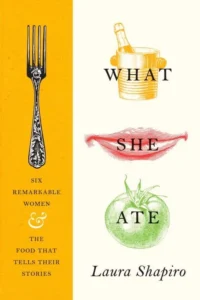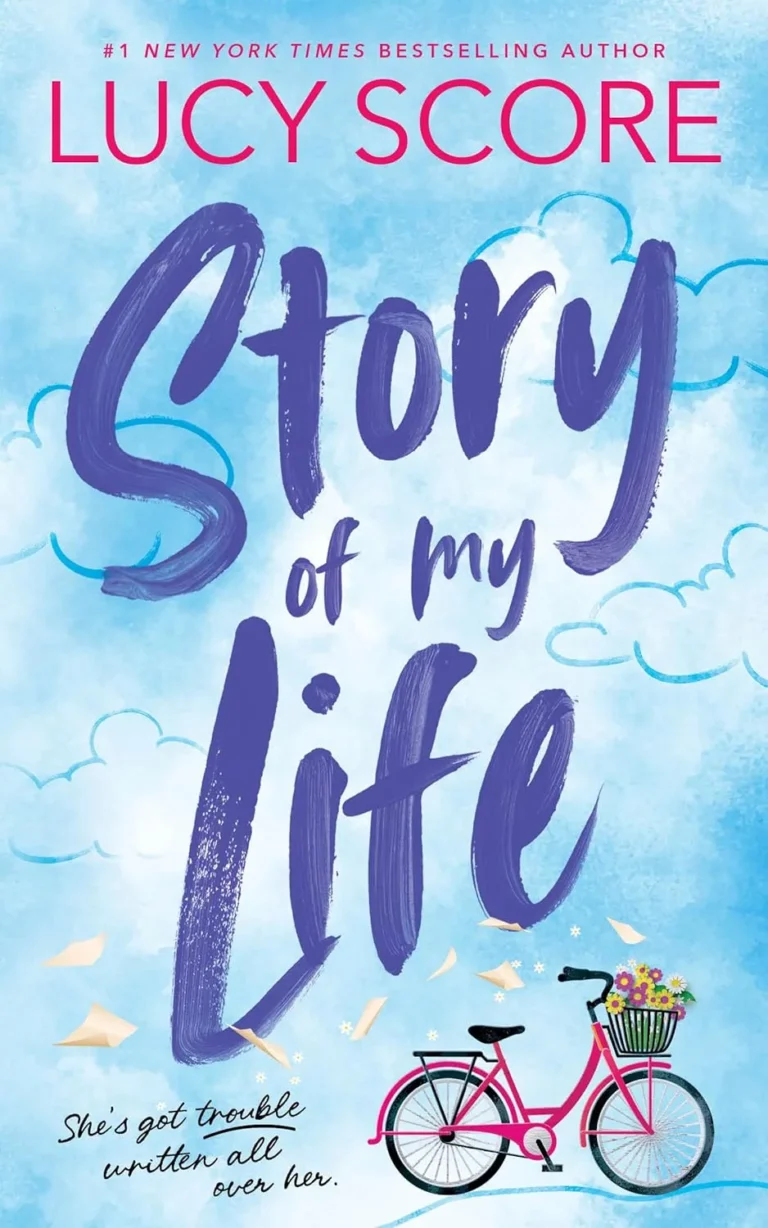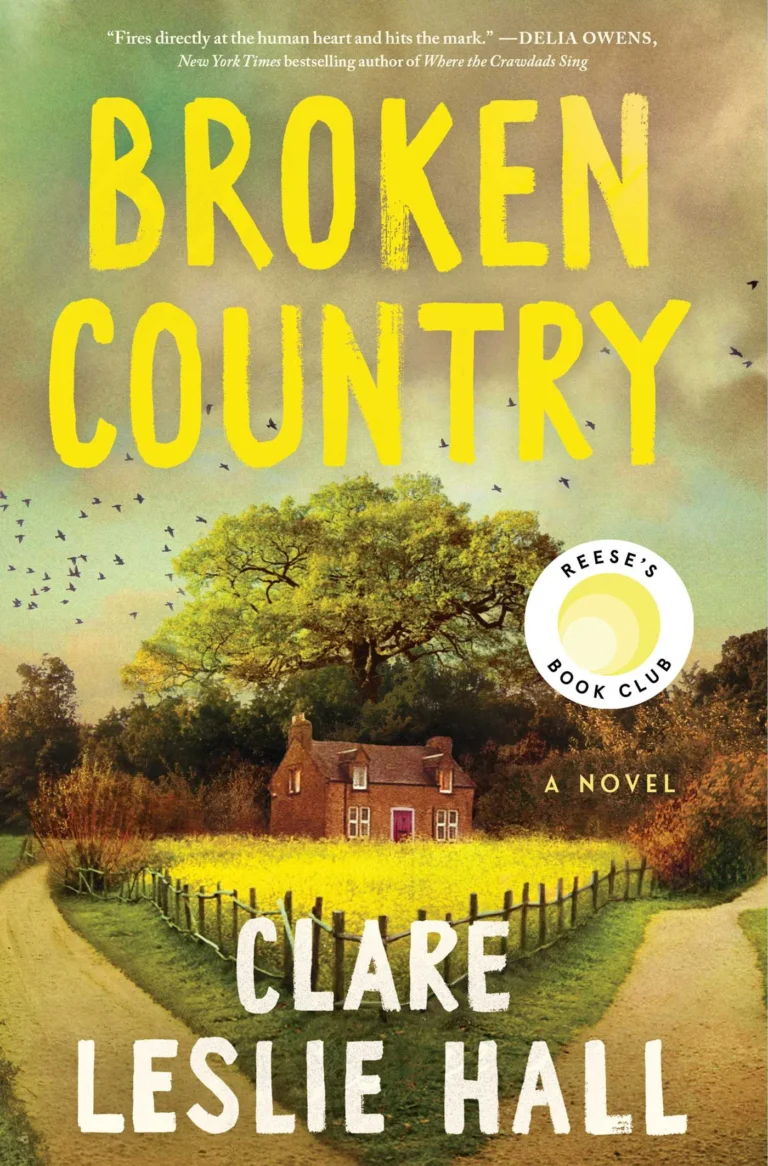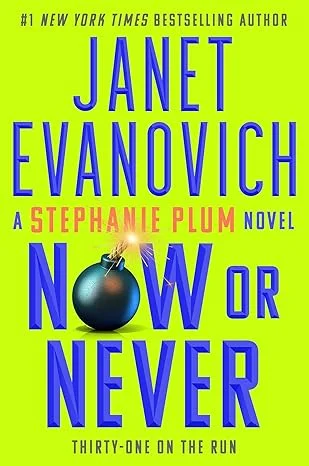Summary of ‘What She Ate: Six Remarkable Women and the Food That Tells Their Stories’ by Laura Shapiro

Introduction
What is What She Ate about? This book explores the lives of six notable women through their relationships with food. Each woman’s story reveals their unique perspectives and struggles. Laura Shapiro uses food as a lens to examine their lives, offering new insights into who they were and how they navigated their worlds.
Book Details
- Title: What She Ate: Six Remarkable Women and the Food That Tells Their Stories
- Author: Laura Shapiro
- Pages: 307
- Published: July 25, 2017
- Ratings: 3.27 (4,684 ratings)
- Available: Kindle, Hardcover
Synopsis of What She Ate
Introduction to Women and Food
In “What She Ate,” Laura Shapiro presents six compelling stories of famous women. These stories are intertwined with their relationships with food. The narrative provides an innovative lens through which to examine their lives. Each woman’s culinary choices reflect deeper personal and social narratives. These biographies stand out by shedding light on how food influenced their identities. The women include esteemed figures like Eleanor Roosevelt and Eva Braun. Shapiro’s focus on food offers fresh insights into their societal roles. Food becomes a powerful tool for understanding their varied experiences. By examining their culinary histories, Shapiro challenges conventional narratives. The book explores how attitudes toward food reveal aspects of personality and relationships. Together, these stories form a rich exploration of female life and agency in historical contexts.Sketches of Remarkable Women
The first subject, Dorothy Wordsworth, offers an intimate glimpse into her life with her brother, poet William Wordsworth. Dorothy’s cooking for William showcases affection but also hints at her dwindling identity. Over time, she became increasingly isolated, her life shadowed by his. Her crumbling mental state correlates with her troubled relationship with food. Rosa Lewis, an ambitious Cockney caterer, defied her humble origins. She climbed the social ladder, becoming the culinary queen of Edwardian England. Her cooking skills captured the attention of high society, including royalty. Lewis’s rise illustrates the power of food as a means for social mobility. Eleanor Roosevelt emerges next as a fascinating case. Her tenure in the White House is marked by her notorious displeasure with her cook. Shapiro argues that Eleanor’s choices reflected both personal rebellion and societal expectations. This rebellious act highlighted her complex marriage with Franklin D. Roosevelt. The food served at state dinners became a form of passive resistance, showcasing her character.Complexity in Relationships with Food
Eva Braun, the mistress of Adolf Hitler, presents a stark contrast to the previous figures. Her story raises questions about morality and privilege during the Nazi regime. Food at Hitler’s table represented a life of excess juxtaposed against the suffering outside. Braun’s thinness was maintained through relentless dieting, echoing her internal struggles for acceptance. Barbara Pym, known for her novels depicting post-war British life, comes next. Shapiro reveals how Pym’s characters celebrated ordinary food as a means to find joy amidst hardship. Pym’s writing illustrates the warmth and humanity that good food provides. This celebration of daily life contrasts sharply with the darker histories of earlier women. Helen Gurley Brown, the final subject, embodies a conflicted relationship with food. As the editor of “Cosmopolitan,” she promoted ideals of slimness and beauty. Brown’s obsession with diet jello speaks volumes about societal pressures on women. Her story epitomizes the struggles many women faced under the weight of cultural expectations regarding appearance.Implications and Insights into Gender Norms
Shapiro’s narrative connects each woman through their inherent struggles with food. Food is not merely a necessity; it symbolizes power, comfort, and control. The choices these women made show their attempts to navigate challenging societal landscapes. By scrutinizing their food stories, we can better understand their lives and legacies. However, the book has sparked discussions on representation. Critics argue that it primarily highlights white, Western women’s experiences. The absence of diverse perspectives may leave readers wanting more inclusivity in narrative voices. Shapiro’s focus prompts questions about whose stories are valued and preserved in history. As “What She Ate” draws to a close, the reader is left with a mix of admiration and discomfort. Each biography encourages reflection on the complexities of femininity. While food connects these women, their individual experiences highlight the contradictions of womanhood. The book ultimately inspires readers to consider their own relationships with food and identity.Conclusion: The Power of Culinary Narratives
Laura Shapiro’s work presents a clever intersection of food, history, and identity. “What She Ate” offers vivid portraits of six women whose lives reflect the era’s challenges. Through their culinary stories, we gain valuable insights into their motivations and struggles. In revealing their food choices, Shapiro adds depth to our understanding of personal history. These women’s narratives challenge societal norms and expectations. Readers are invited to reflect on the broader implications of food in their lives. The book stands as a meaningful exploration of women’s stories and the cultural significance of food.From here you can jump to the Spoilers section right away.
Below you can search for another book summary:
Alternative Book Cover

Quotes
- “Tell me what you ate when you were a child, and whether the memory cheers you up or not.”―Laura Shapiro,What She Ate: Six Remarkable Women and the Food That Tells Their Stories
- “Tell me what you ate when you were a child, and whether the memory cheers you up or not.”―Laura Shapiro,What She Ate: Six Remarkable Women and the Food That Tells Their Stories
- “To be a wife was to cook. Not to eat—that was a different matter entirely—but to cook.”―Laura Shapiro,What She Ate: Six Remarkable Women and the Food That Tells Their Stories
You want to give What She Ate: Six Remarkable Women and the Food That Tells Their Stories a try? Here you go!
Characters
- Dorothy Wordsworth: Sister of poet William Wordsworth. Her life revolves around caring for him. Eventually, she spirals into obscurity.
- Rosa Lewis: A self-made caterer who rose through the social ranks in Edwardian England. She created dips and lavish banquets for the elite.
- Eleanor Roosevelt: First Lady who challenged social norms. She hired a reviled cook, serving practical meals that reflected economic constraints of her time.
- Eva Braun: Hitler’s mistress who played the charming hostess. Her dietary choices were heavily influenced by her need to remain thin.
- Barbara Pym: A British novelist. Known for her humorous portrayals of postwar British life, often focusing on ordinary food and its moments of joy amidst hardship.
- Helen Gurley Brown: Editor of Cosmopolitan magazine. Advocated for female empowerment but struggled with body image, often eating minimally.
Highlights
- Food as Biography: Food choices reveal much about personal identities and social contexts.
- Gender and Food Politics: Each woman’s food relationship intersects with issues of femininity and societal expectations.
- Socioeconomic Reflections: Food affordability and quality illustrate larger economic realities of their times.
- Personal Struggles: Each woman’s journey highlights their personal battles with acceptance, identity, and societal pressure.
- Historical Insights: The book reveals lesser-known stories of influential women in history.
Spoilers
FAQs about What She Ate
What is the main theme of the book?
The book explores how women’s relationships with food provide insights into their lives and struggles.
Who are the six women discussed?
They include Dorothy Wordsworth, Rosa Lewis, Eleanor Roosevelt, Eva Braun, Barbara Pym, and Helen Gurley Brown.
What unique perspective does Shapiro offer?
She illustrates how food choices reflect broader social and personal narratives.
Is the book well-researched?
Yes, while some readers feel the execution lacks depth, Shapiro’s research is thorough.
What type of reader would enjoy this book?
Those interested in food history, women’s studies, and biographies will find it engaging.
Reviews
For a deeper exploration of What She Ate and to see reader opinions, check out our full review.
Are you looking for a nice read that perfectly fits your current mood? Here is a free book suggestion tool. It gives you suggestions based on your taste. Also a likelihood rating for each recommended book. Would you like to find the book you will love later or now?
About the Author
Laura Shapiro is an award-winning culinary historian. Her passion and expertise in food history enrich her writing, providing valuable contexts for the stories she tells.
Are you looking for a nice read that perfectly fits your current mood? Here is a free book suggestion tool. It gives you suggestions based on your taste. Also a likelihood rating for each recommended book. Would you like to find the book you will love later or now?
Conclusion
We hope you found this synopsis of What She Ate intriguing. Summaries serve as a starting point, much like trailers for movies. If you enjoyed what you’ve read, the full book promises extensive insights into these remarkable women. Ready to explore more? Here is the link to buying What She Ate.
DISCLAIMER: This book summary is meant as a summary and an analysis and not a replacement for the original work. If you are the original author of any book on our website and want us to remove it, please contact us.










